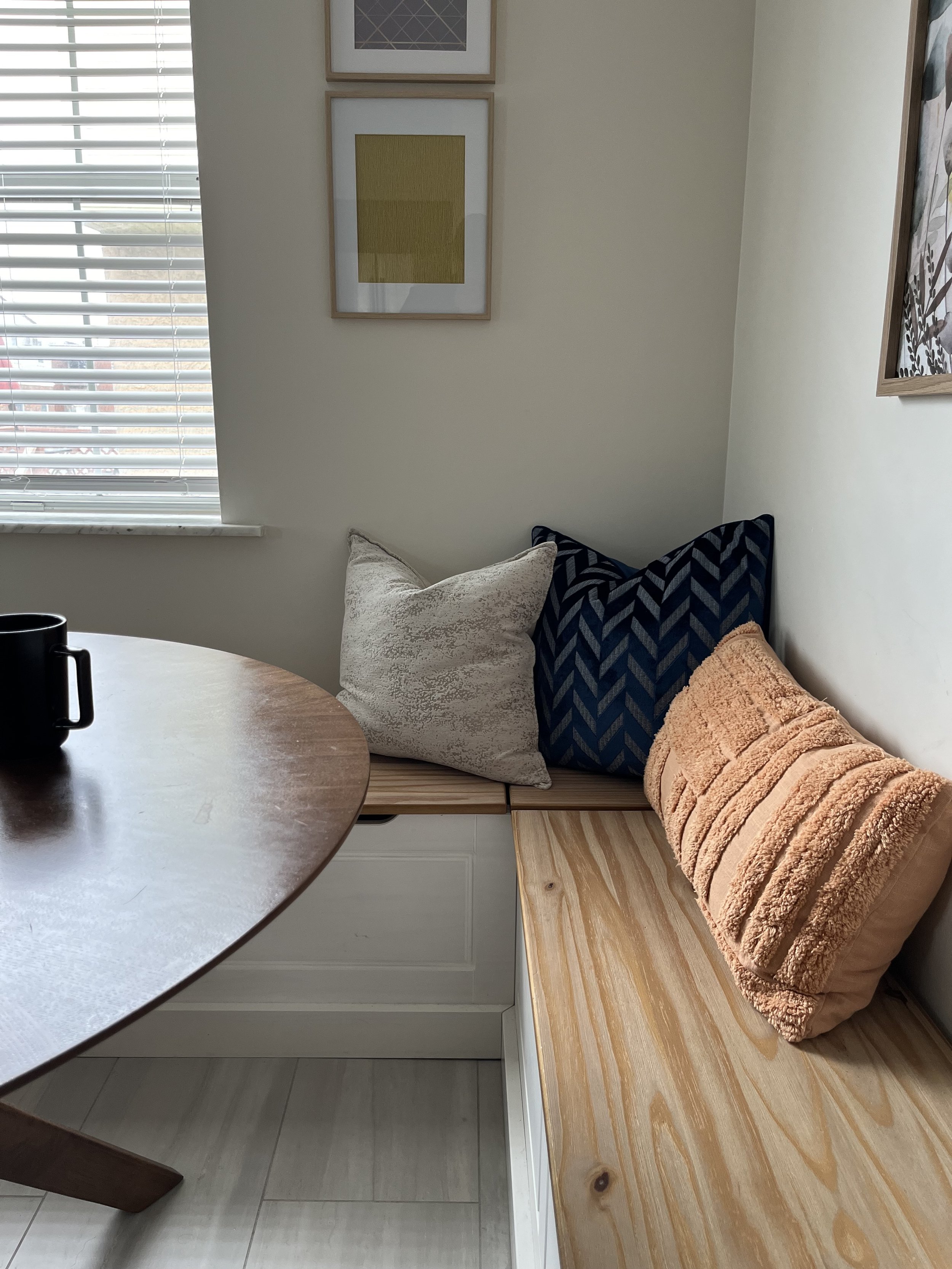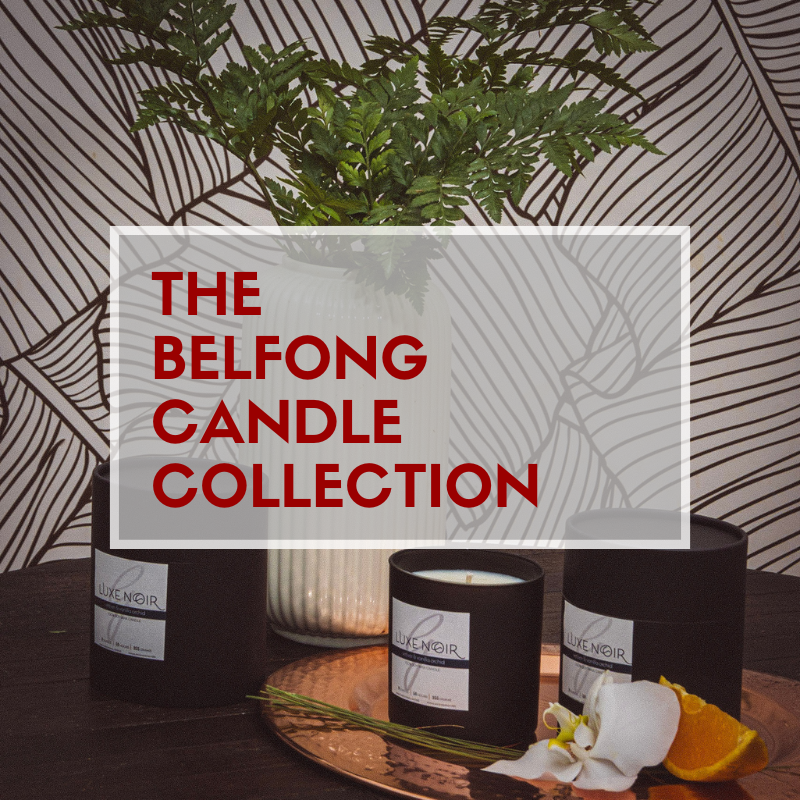How to Find Peace at Home, Even When Life Feels Overwhelming
/Home is supposed to be our sanctuary, but for so many, it becomes another source of stress. I’ve heard it all from my clients: the weight of coming home to a cluttered space, the frustration of unfinished or outdated rooms, the overwhelming task of creating functional spaces, and the longing for a cozy nook to unwind after a demanding day. These are real struggles, and they can make a long day feel even longer. But there’s hope, and it starts with one simple step.
As an interior designer, I help clients create homes that bring them peace, joy, and a sense of accomplishment. Here’s how we can start addressing some of these common pain points one by one:
Declutter and Organize—Start with One Room
Coming home to disorganization is one of the top causes of stress for homeowners. But here’s the secret: start small. Pick one room or area, like an entryway or a bathroom corner, and declutter it. Start by removing items that don’t belong or aren’t needed, then introduce simple storage solutions to keep essentials organized. This one small step can make you feel more in control of your space, which has a positive ripple effect on your overall stress level.
custom bathroom shelving for storage Interior Design: Georgette Marise Interiors
“Coming home to disorganization is one of the top causes of stress for homeowners.”
Focus on Completing One Space
empty, unfinished dining room - see client’s reaction on Instagram
Many clients tell me they feel overwhelmed by unfinished spaces, making their home feel incomplete and chaotic. Rather than thinking of the entire house, focus on one area that would make a big difference if completed. For one client, it was her dining room. As a physician, she wanted a space to entertain but felt embarrassed when guests entered and saw an empty room. We completed her dining room, and it instantly brought her peace and pride—no longer a source of stress, but a place to gather and enjoy. Watch her reaction on Instagram.
Refresh Outdated Areas in Simple Ways
Tackling an outdated room can feel daunting, but it doesn’t have to mean a full remodel. Consider adding a fresh coat of paint, new lighting, or a statement piece of furniture. I worked with a client who struggles with migraines, so we installed dimmers in her main living spaces. This small change allowed her to control the lighting and reduce eye strain, transforming an outdated space into one that truly supports her well-being.
Create a Personal Retreat
Every home needs at least one retreat—a place you can unwind and recharge. Whether it’s a cozy reading nook, a serene bedroom corner, or even a small outdoor seating area, having a personal sanctuary can be a game-changer for stress relief. For one client, we created a tranquil corner in her home with soft colors, where she can come after a demanding day as a surgeon. This simple addition turned her space into a safe haven, helping her leave the day’s stress at the door.
cozy banquette corner perfect for morning coffee Interior Design: Georgette Marise Interiors
Incorporate Meaningful Elements
One of the most fulfilling parts of my job is helping clients create spaces that reflect their lives, memories, and values. A gallery wall can be a beautiful way to incorporate family photos, cherished moments, or favorite art pieces. One of my clients felt a true sense of joy every time she looked at the family portraits we arranged in her family room. Another client, upon smelling our Élégant candle for the first time, was moved to tears as it transported her back to fond memories with her late father. These meaningful touches bring calm to our homes in ways that no other décor element can.
Élegant Scented Candle & Luxe Noir Diffuser
Real Stories of Transformation
I’m grateful to have seen firsthand how small design changes have transformed my clients’ lives. Many end up feeling relieved, joyful, and finally at peace in their homes. From a serene paint color that melts away the stresses of the day to a new gallery wall filled with cherished memories, these changes create powerful shifts.
You don’t have to continue feeling stressed in your home. Working with an interior designer isn’t just about aesthetics; it’s about creating a home that uplifts you, that tells your story, and that brings you peace.
What’s your biggest challenge in creating a calm space at home? I’d love to hear in the comments, and I’d be honored to help you take that first step toward a home that supports you and brings you peace. Remember, change happens one step at a time. Let’s find the calm you deserve.







































